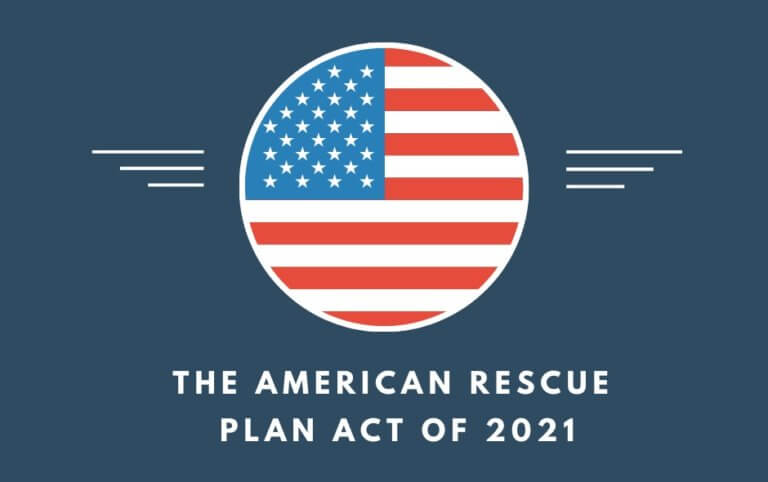The Medicaid program provides health coverage to low-income families and communities and individuals, including children, parents, pregnant women, seniors and people with disabilities. It is funded jointly by the federal government and the states, and each state operates its own Medicaid program within broad federal guidelines. As a result, states have a great deal of flexibility in how they design and administer their programs, and so eligibility and benefits often vary widely between states.
Since Medicaid is the primary health care program for low-income pregnant women and children, some states already use Medicaid to support home visiting programs, which promote positive health and wellbeing outcomes among these vulnerable populations.
In 2016, the Center for Medicare and Medicaid Services (CMS) and the Health Resources and Services Administration (HRSA) identified the various funding sources that states can use to cover the costs of services provided as part of a home visiting program, including the flexibility states have to finance home visiting with Medicaid.
States use Medicaid to finance home visiting services for three primary reasons.
-
- First, a large majority of families who voluntarily participate in HFA home visiting programs are eligible for and enrolled in Medicaid.
- Second, the federal government guarantees matching funds to states for qualifying Medicaid expenditures. This open-ended financing structure allows federal funds to flow to states based on actual costs and needs as economic circumstances change.
- Third, HFA home visiting has been shown to improve birth outcomes like low birth weight[1], and other maternal and child health outcomes, thus reducing Medicaid costs.[2]
The Medicaid program is a good funding option for states who wish to both support existing home visiting services and expand access to home visiting services. Although Medicaid cannot pay for the full cost of a home visiting program, it can potentially pay for a significant portion. Mechanisms to support home visiting services using the Medicaid program include targeted case management (also known as medical assistance case management), administrative case management, enhanced prenatal benefits, traditional medical assistance services, managed care, Medicaid preventive services, the use of waiver authorities, and Early and Periodic Screening, Diagnostic and Treatment (EPSDT) among others.
Medicaid and Healthy Families America
Eleven states have reported using Medicaid to support a portion of their Healthy Families America (HFA) budgets.[3] Medicaid spending on HFA has increased from just under $100,000 in 2001 to $5.5 million in recent reports. In four states, Medicaid funding currently approaches or exceeds $1 million, and overall makes up approximately 3% of HFA site funding nationally.
Considerations to keep in mind
Medicaid remains an underused option to support home visiting programs. While states have been able to support some aspects of home visiting using Medicaid funding, Medicaid coverage and payment rates fail to cover the full cost of services, and administrative challenges inhibit broader access. For this reason, braiding Medicaid with other funding streams can lead to the most efficient and robust use of funds and extend the reach and benefits of home visiting programs to the largest number of children and families. There is no “one way” to use Medicaid to support home visiting services; each state should determine what makes the most sense for the needs of its population of children and families, its service array and financing options.
In addition, many state Medicaid rules require the Medicaid home-based provider to be a nurse. In these instances, state Medicaid rules must be amended to include reimbursement to non-nurse home visiting models, and HFA sites will need to work directly with Medicaid stakeholders in their states to establish a reimbursement structure that supports the HFA model.
Other potential challenges to using Medicaid for home visiting include integrating payment for home visiting services into managed care financing; creating the infrastructure required to bill Medicaid for services, obtaining buy-in from key stakeholders such as agency administrators, lawmakers, and service providers; and improving the accuracy of reimbursement rates by providing training and technical assistance to home visitors.
Key questions to consider when assessing whether Medicaid is a good fit
- How does my state currently finance home visiting services?
- What are the current gaps in funding for home visiting services? How can Medicaid help address those barriers?
- What do current Medicaid rules in my state allow regarding home visiting?
- How can I make the case to my Medicaid agency leaders, lawmakers, state advocates, and other stakeholders for why Medicaid should be used to support home visiting services in my states?
- How can I help lay the ground work for a collaborative partnership with my Medicaid agency so that we can work together towards improved outcomes for children and families who participate in home visiting services?
Resources
Questions
For any assistance or for questions, please reach out to Kelly Crane, State Policy Specialist, or Marissa Morabito, Chief Government Affairs & Policy Officer.
References
- Lee, E., Mitchell-Herzfeld, S., Lowenfels, A. A., Greene, R., Dorabawila, V., & DuMont, K. A. (2009). Reducing low birth weight through home visitation: A randomized controlled trial. American Journal of Preventive Medicine, 36(2), 154-160.
- One of the biggest cost drivers to Medicaid is low birthweight babies. States pay millions of dollars for the medical care of low birthweight babies, with Medicaid covering 40% of all births in the United States. See here.
- States reporting Medicaid funding to support HFA: CA, KS, MD, MN, NE, NH, ND, OH, OR, VA, and WI.






